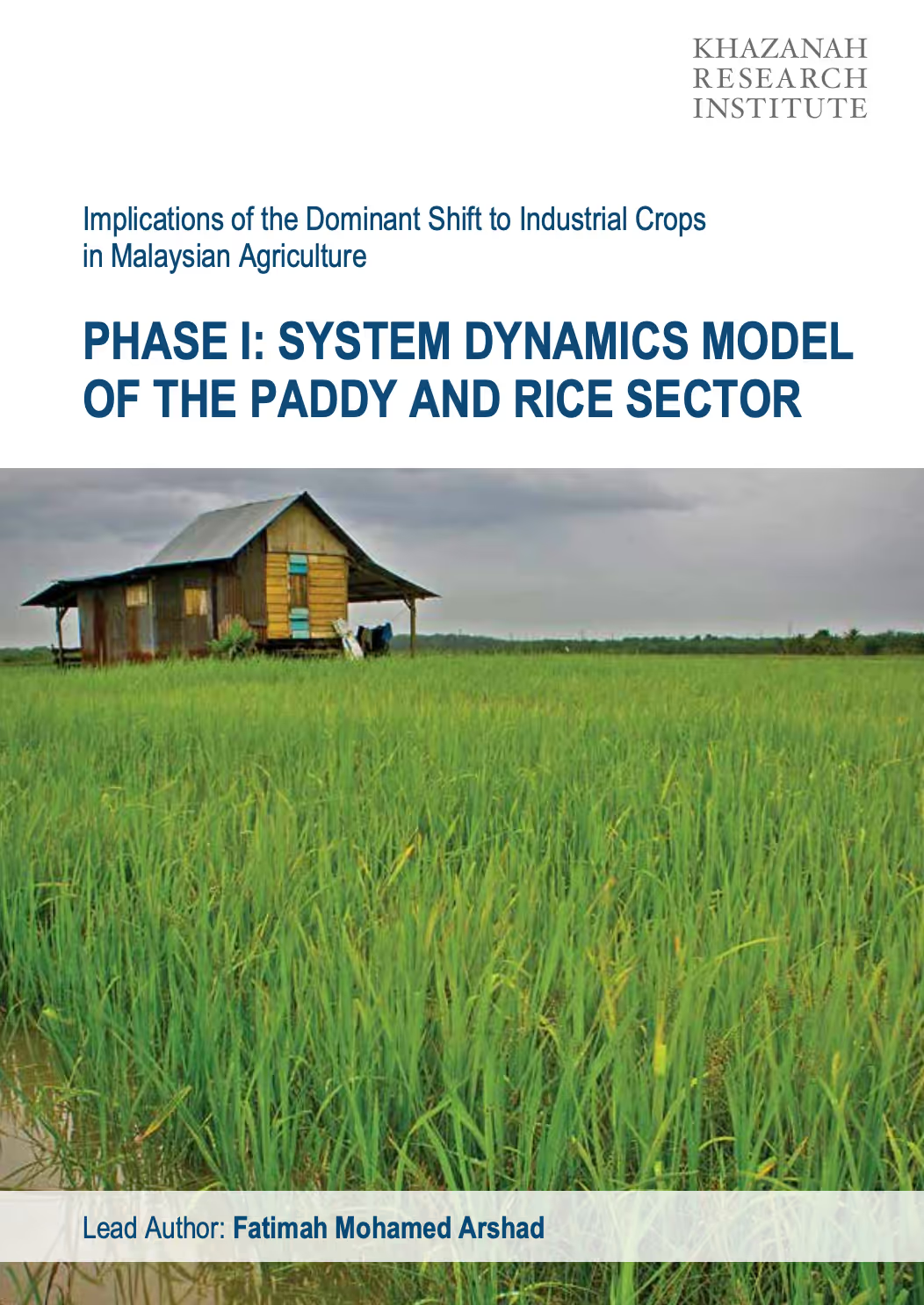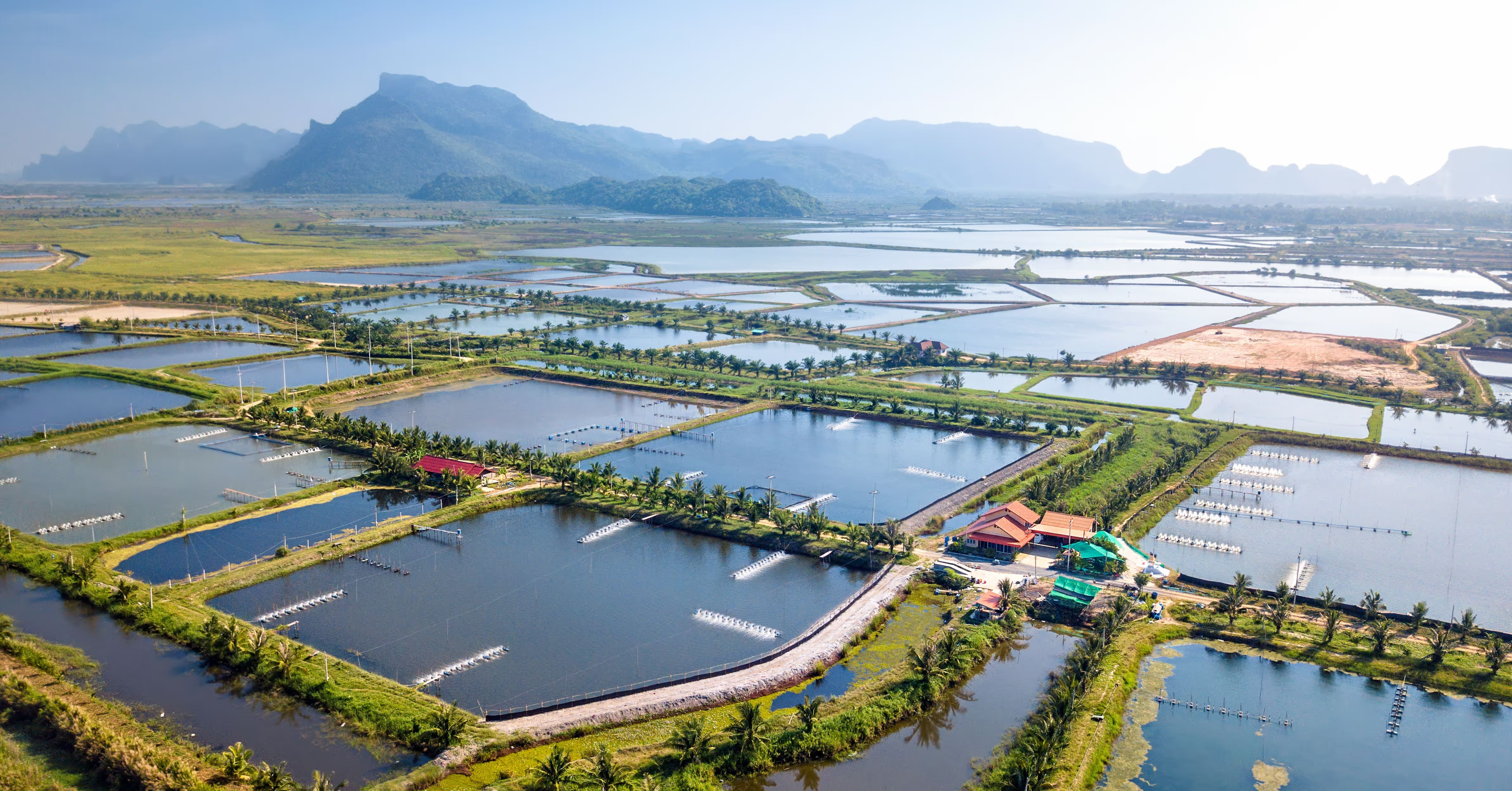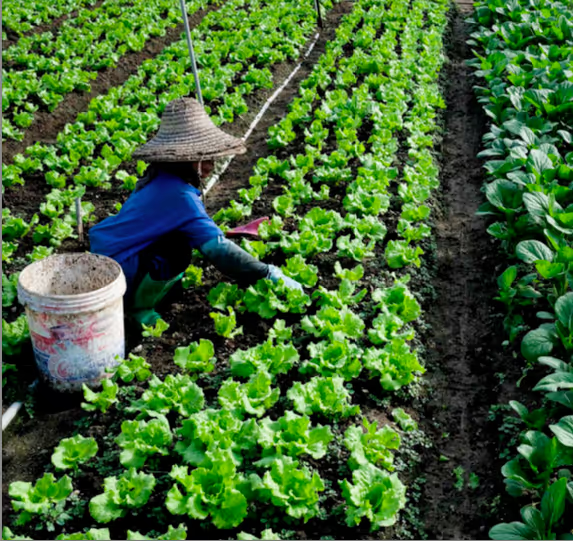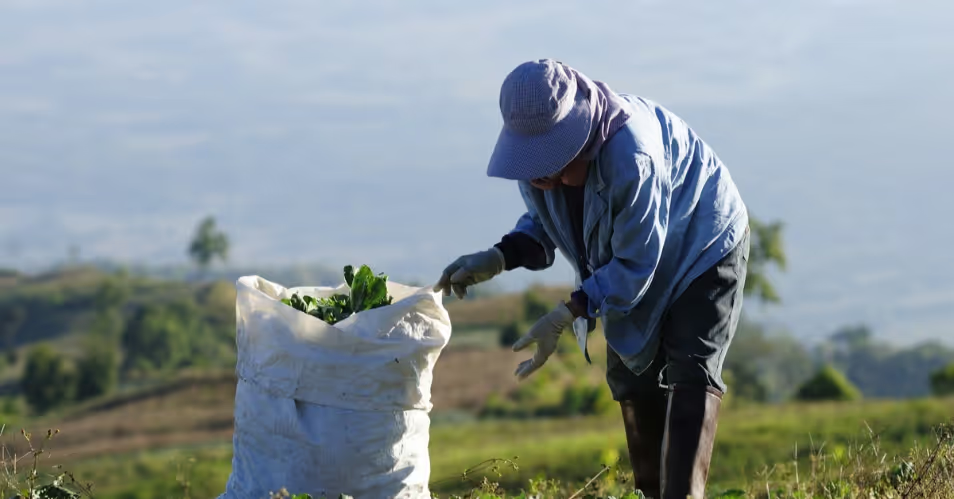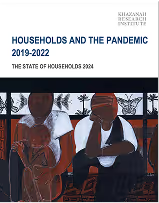
The Malaysian agricultural crop mix has shifted, and this study has applied the system dynamics methodology to understand this process and examine the impact of policy interventions. Divided into two reports, Phase I of this study looks at the paddy and rice sector. The following research questions were explored:
- What are the structural and institutional factors and policy paradigms that cause slow growth in paddy and rice production?
- What are the structural and institutional factors that cause low productivity, hence low return to paddy producer?
- What are the policy options needed to induce growth, equity and sustainability of the sector?
This study found that the vicious circle of the slow growth of the paddy and rice sector is not unbreakable, a new virtuous circle can be created through the optimum complementarity between research & development and extension (RDE) strategies, productive subsidies and incentive, and local input development. This entails energising RDE to enhance yield, cropping intensity and extension effectiveness, provision of productive incentives for efficient use of input (land, labour, non-labour input and capital) and actualise local input production to ensure the sustenance of the paddy and rice sector.







